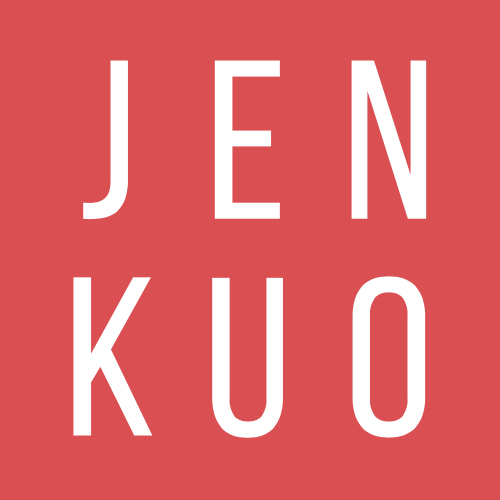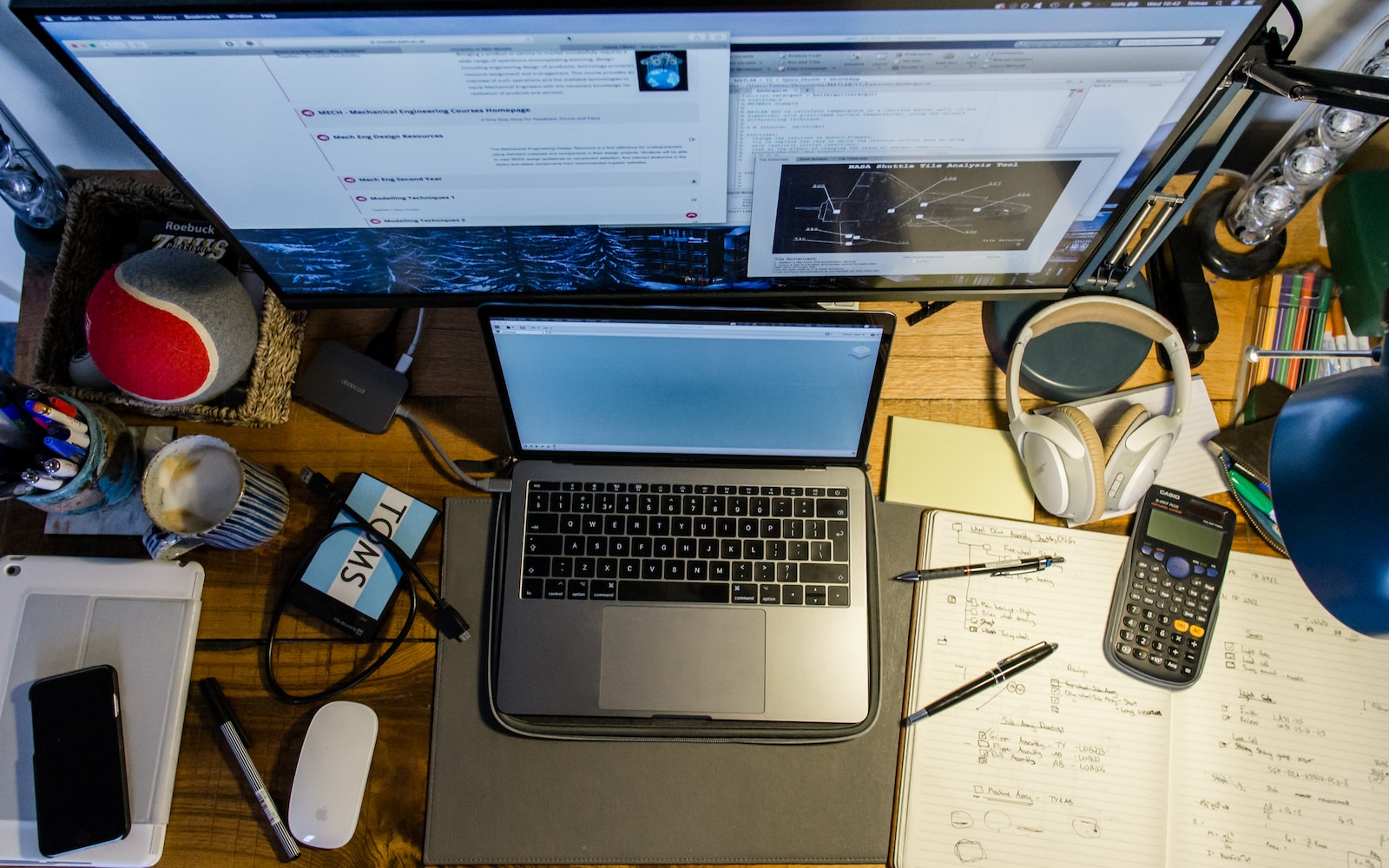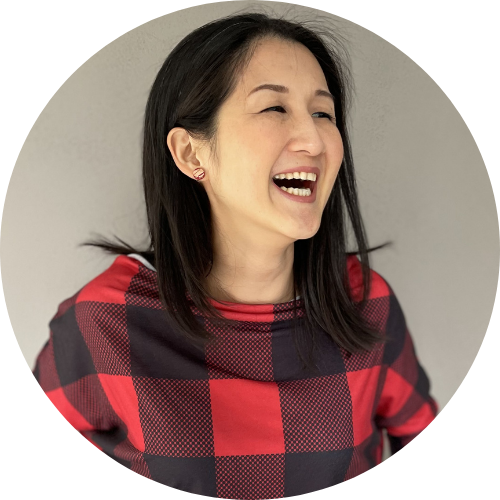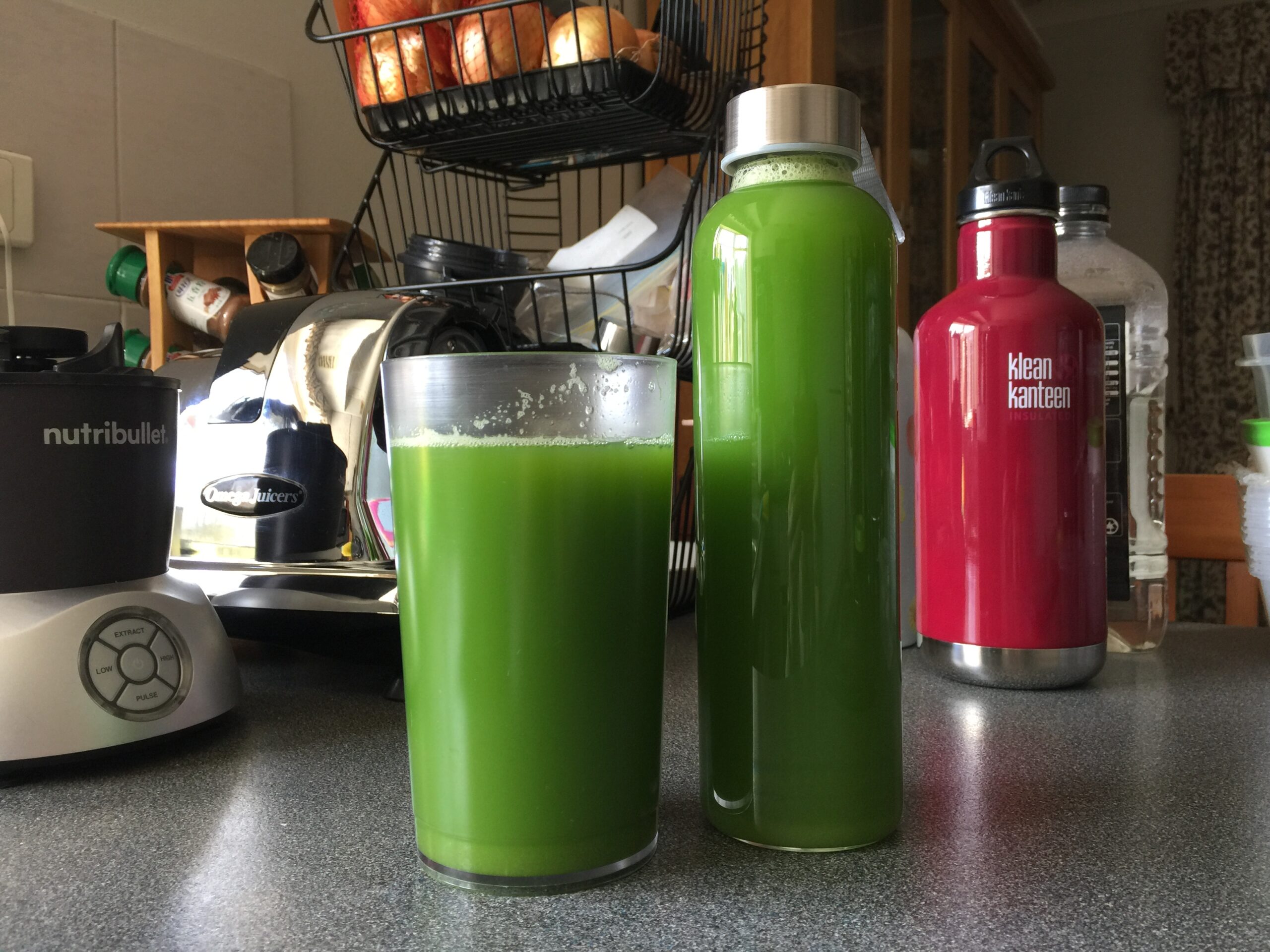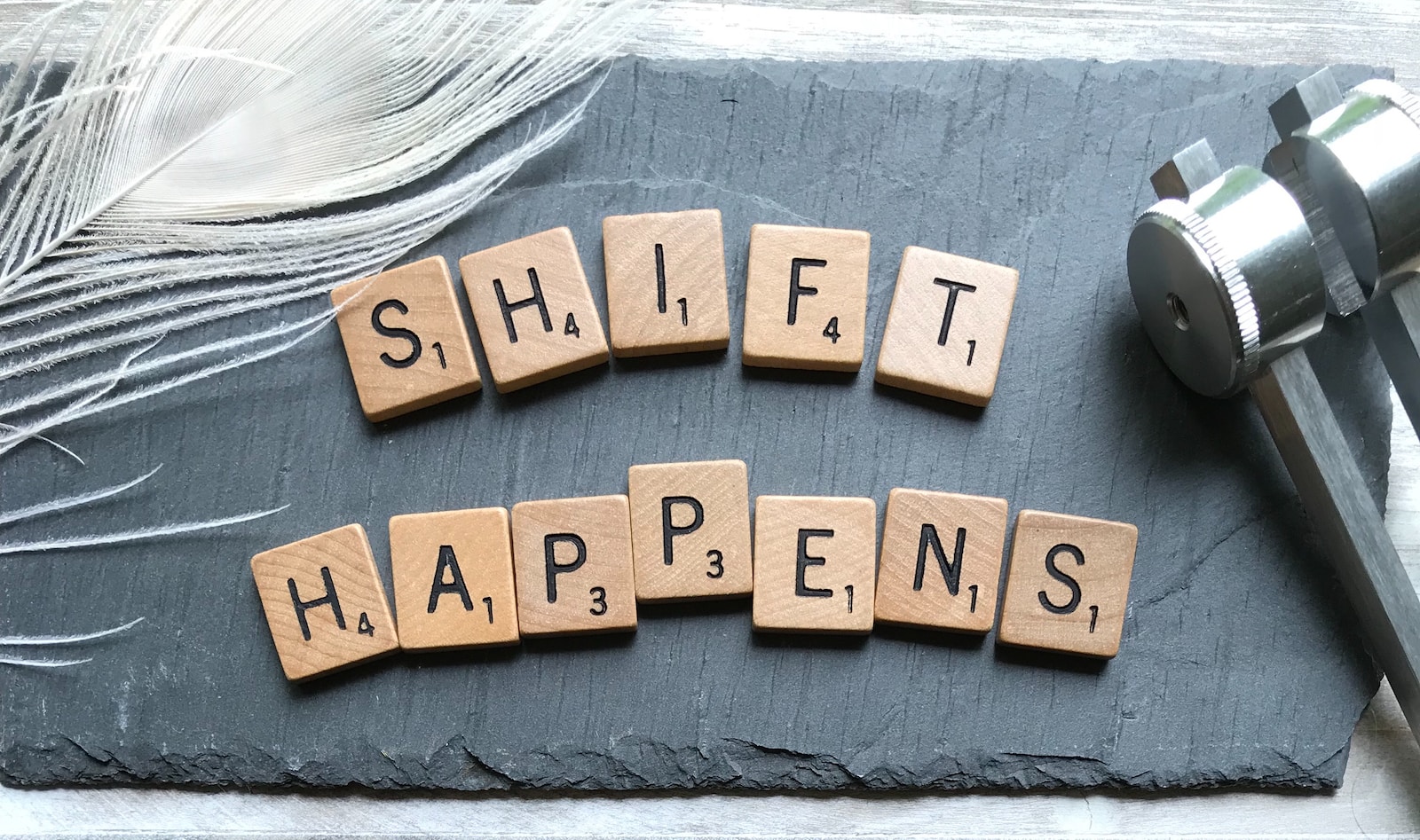You can find Part 1 here.
If you’re a knowledge worker or creative professional like me where most of your work happen on your computer, and how you create value for others is dependent on the knowledge, expertise and experience you share, as well as your ability to consume and process information to help others solve problems…
You may need to declutter and reorganise your digital workspace to set yourself up for success.
Before I dive into my process for transforming my digital workspace, I need to give you context on my journey with personal knowledge management (PKM).
I started taking PKM seriously since the beginning of 2020 when I became more conscious and intentional about how I’m capturing, saving, organising and using the information I come into contact with everyday.
However, my digital PKM journey started in 2011 when I got an Evernote account as I attempted to capture and save all the information I was learning in business and online marketing as a newbie entrepreneur.
For a decade, I’ve been searching for better ways to organise and manage all the information around me before I even heard of the term “PKM”.
Because I’ve already committed to restructuring and reorganising my digital workspace in an effort to continue to improve my workflow as well as my ability to produce quality content, this “digital workspace makeover” is just a continuation of the work I’ve already done in the last 2 years.
So I’m only going to focus on the areas I’ve worked on as part of this decluttering project.
What’s Not Working
Even though I’ve already been on a 2 year journey, there were still lots of areas in my digital workspace that’s been bugging me. While I’ve periodically worked on improving different parts of my systems, I’m still far from reaching 90% done, since it’s impossible to complete everything at once (the project is way too big).
As I’ve upgraded my Macs over the years, I’ve always migrated everything from the old computer to the new computer to not lose files, bookmarks, settings etc. That also means, I haven’t started with a proper clean slate ever since I switched from PC to Mac in 2005.
Digital clutter inevitably accumulates over time, just like your physical possessions.
Even though I tried decluttering my digital workspace in the past (uninstalled apps I don’t use anymore, deleted files I don’t need, reorganised my folders and files etc), I didn’t do enough damage to feel like I got a fresh start with my digital environment.
Knowing what I know now, part of the problem was because I haven’t been able to let go of what didn’t serve me. I also didn’t have clarity of what I actually wanted to do in life, what type of work suits me nor how I wanted my workspace to support how I work.
Maintenance of various tools and apps was a problem due to my lack of vision and clarity with my own life. I would try a bunch of new productivity tools, then abandon them.
Needless to say, the mess and disorganisation of my mental and emotional state manifested itself into my digital workspace too.
Remember:
Your outer world affects your inner world. Your inner world affects your outer world.
Every time I see the disorganisation within my digital workspace, a little voice pipes up and says “You better do something about that Jen!”… The mess I’ve exposed my eyeballs to was eating away my mental bandwidth.
So I decided to ride the momentum wave I gained from my physical workspace makeover into my digital workspace, and rolled some of the smaller projects I’ve been planning to do into this bigger decluttering project.
My Ideal Vision
Since I’ve been on a mission to optimise my PKM system for the past 2 years. My goals were to:
- continue to reduce the cognitive load required for all the things I need and want to maintain in my life
- eliminate wasted time searching for things I need, and deciding in advance where different bits of information should go in my systems
- create structure and organisation starting with the tools and areas I use the most to improve my workflow and efficiency
- enable and empower my future self to be more focused, effective, productive and consistent
While I’m not covering the parts of my digital workspace I’ve already transformed, I wanted to give you some ideas of what I’ve already restructured:
- Folder structure on my Mac & external HDs
- Task manager
- Calendar
- Main Google drive (I have 3 accounts, 1 of 3 is done)
- Relationship management app
- Uninstalled and deleted unused apps on my Mac, iPad & iPhone
- Email inboxes (rules created for 3 accounts for where information comes in)
The point of creating and structuring a working PKM system and digital workspace that maps to how I operate and how I think is because I want to better:
- manage and advance all projects more effectively towards my goals (keeping all the balls in the air without worrying about dropping any)
- collect and manage the memories and experiences I have for use in various projects
- develop and maintain relationships with people
- manage, connect and develop ideas as well as better make sense of topics I’m developing an interest in
- improve my writing, to better package, develop and produce content (value creation)
- improve, develop my skills and abilities
At the end of the day, I wanted a solid system I can rely on and trust to help me manage and remember all the things I need and want to do in my work and life without it taking up my mental bandwidth.
As a creative professional and entrepreneur, it’s important for me to maintain a clear headspace to allow myself to think, reflect, strategise and be creative.
My PKM system is a foundational pillar of my Self Management System to help me better organise myself, stay on top of all the demands and obligations I have in my life, so I can focus on accomplishing the important things to reach my goals faster, work less and live the ideal life I want.
Major Changes, Benefits & Results
Updated Operating System
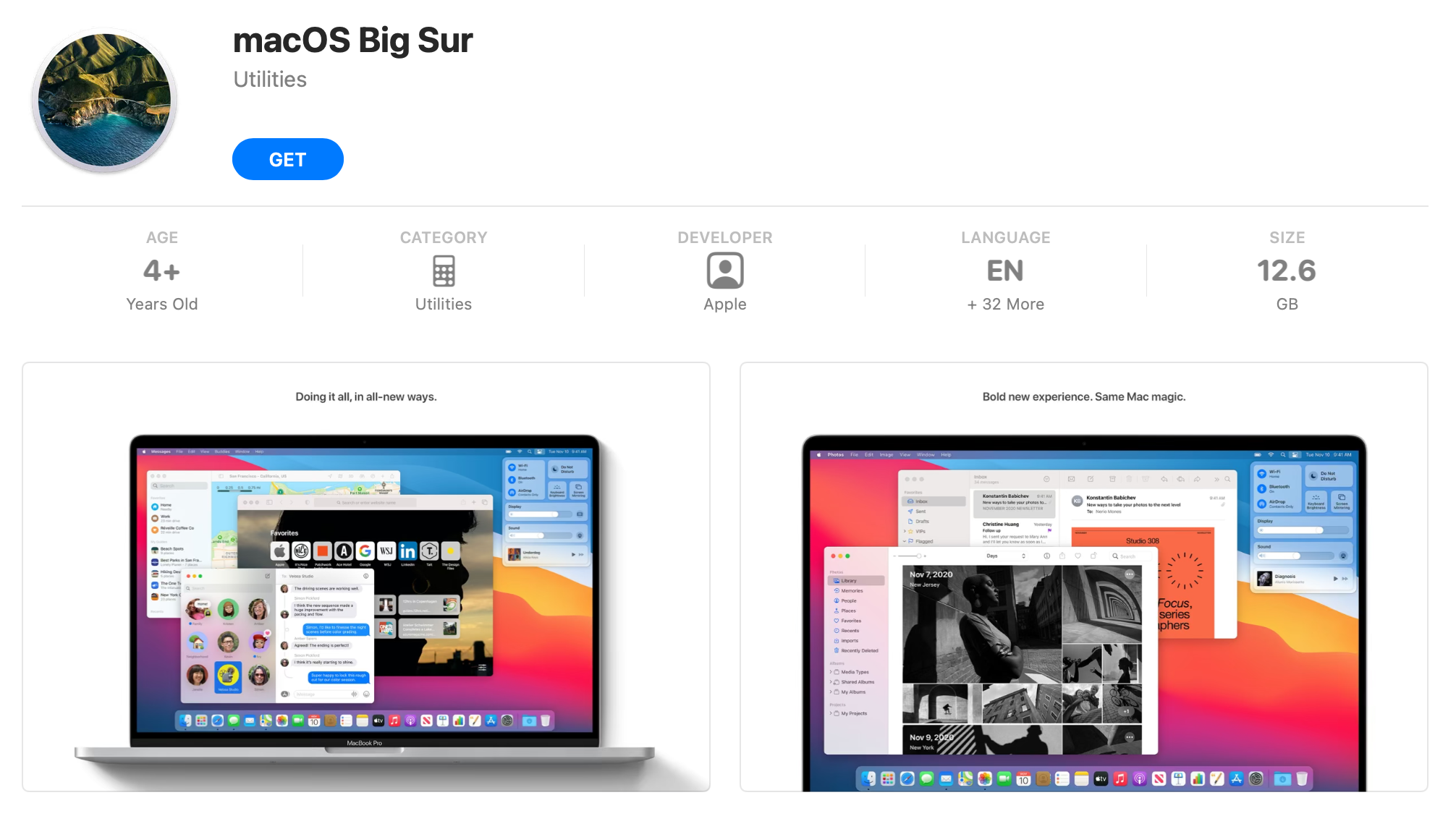
I haven’t stayed up to date with Apple product updates for 6 years, and have only updated my macOS once every 2-3 years.
In the spirit of getting rid of the old, and bringing in the new, I updated macOS to the latest version that my hardware will allow to create a feeling of a ‘fresh start’, because the new design gives my Mac a nice facelift.
Deleted Contacts
I don’t spend a lot of time on my phone talking to people since I do most of my connection and relationship building activities on zoom, messaging apps and email nowadays.
Because I started using a separate relationship management app for over a year now, it was time to declutter my contacts.
I had 335 contacts on my phone and realised there were people I’m never going to call. I deleted 102 of them and now left with 233 contacts.
Idea Library
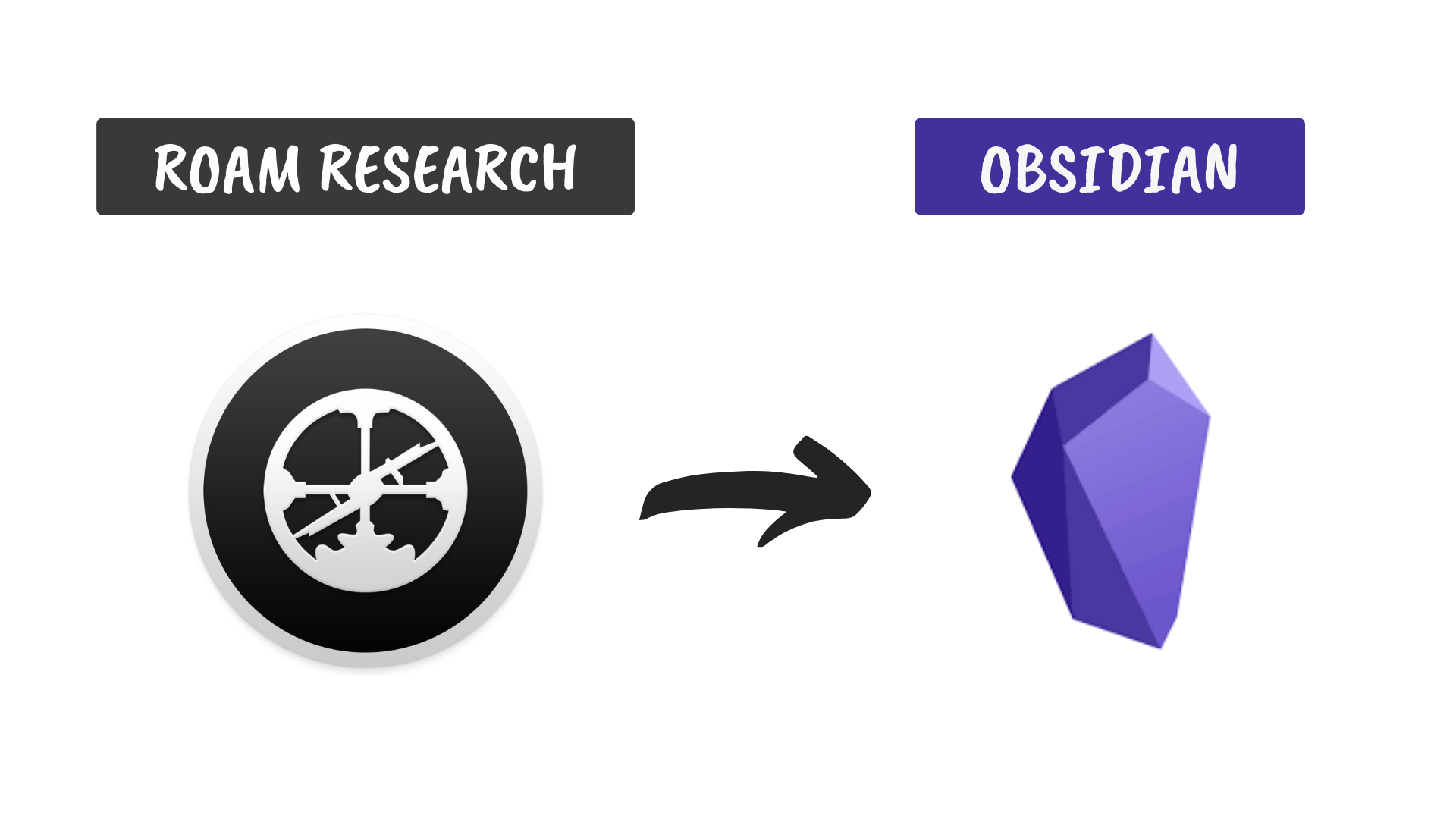
In November 2021, I switched to Obsidian as my main note-taking/sense-making app and idea library. All the notes I found on bits of paper lying around in my room that I wanted to keep went into Obsidian.
As a knowledge worker, creative professional and writer, it’s important for me to have a central place to save my notes and ideas in order to find them when I need them.
In the last decade, I’ve used and experimented with 4 different apps (starting with Evernote) to find one that worked for me.
All I can say is that if you do most of your work digitally, it’s a worthwhile journey to find tools that match how your brain works and how you want to work to improve your productivity.
More Disk Space

To my shock and horror, I realised that TimeMachine hasn’t been backing up my Mac for over a year because there’s not enough disk space to create back ups.
This was another thing screaming at my face, telling me I needed to declutter.
I found multiple duplicate folders and files sitting in 2 different places. So this forced me to think of a better way to organise my folders, and decide in advance how and where I want to store information on 3 hard drives.
I reformatted my Time Machine HD to the new APFS format, and also decide which folders I wanted to exclude from the backup so it doesn’t keep eating up space.
I ended up deleting 267.73GB from my external HD, and 373.48GB from my Mac HD.
Personal Finance App
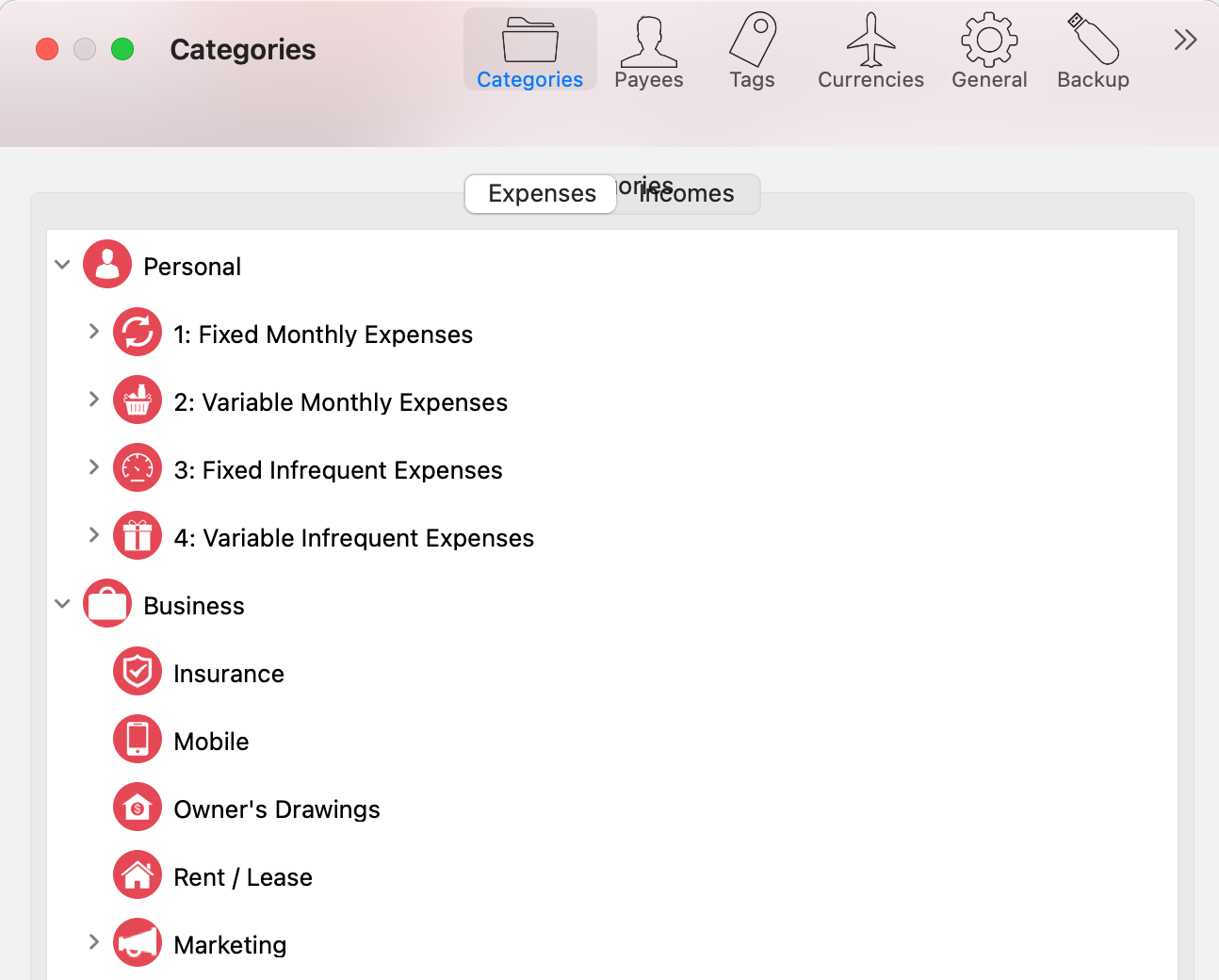
I started developing better personal finance habits since 2020 and perform financial reviews every 2 weeks to prepare myself to better manage aspects of my business and life that I’m not good at.
I’ve been using MoneyWiz to manage my finances since 2012. A lot of my financial information has changed over the last decade as my life changed.
Due to the changes I went through, it created friction for me when I performed periodic reconciliations because the way I named different incomes and expenses as well as how I categorised them were not optimised.
My lack of knowledge meant I didn’t know how to think about it properly. So I was spending more time than I should when performing reconciliations and updating my personal & business financial dashboard.
After a year of instilling better financial habits and grasping business financial fundamentals, I restructured and reorganised all income and expense categories to make financial reporting easier, less stressful, less time consuming and less of a drag for my future self because looking at numbers is not my favourite thing to do.
Bookmarks
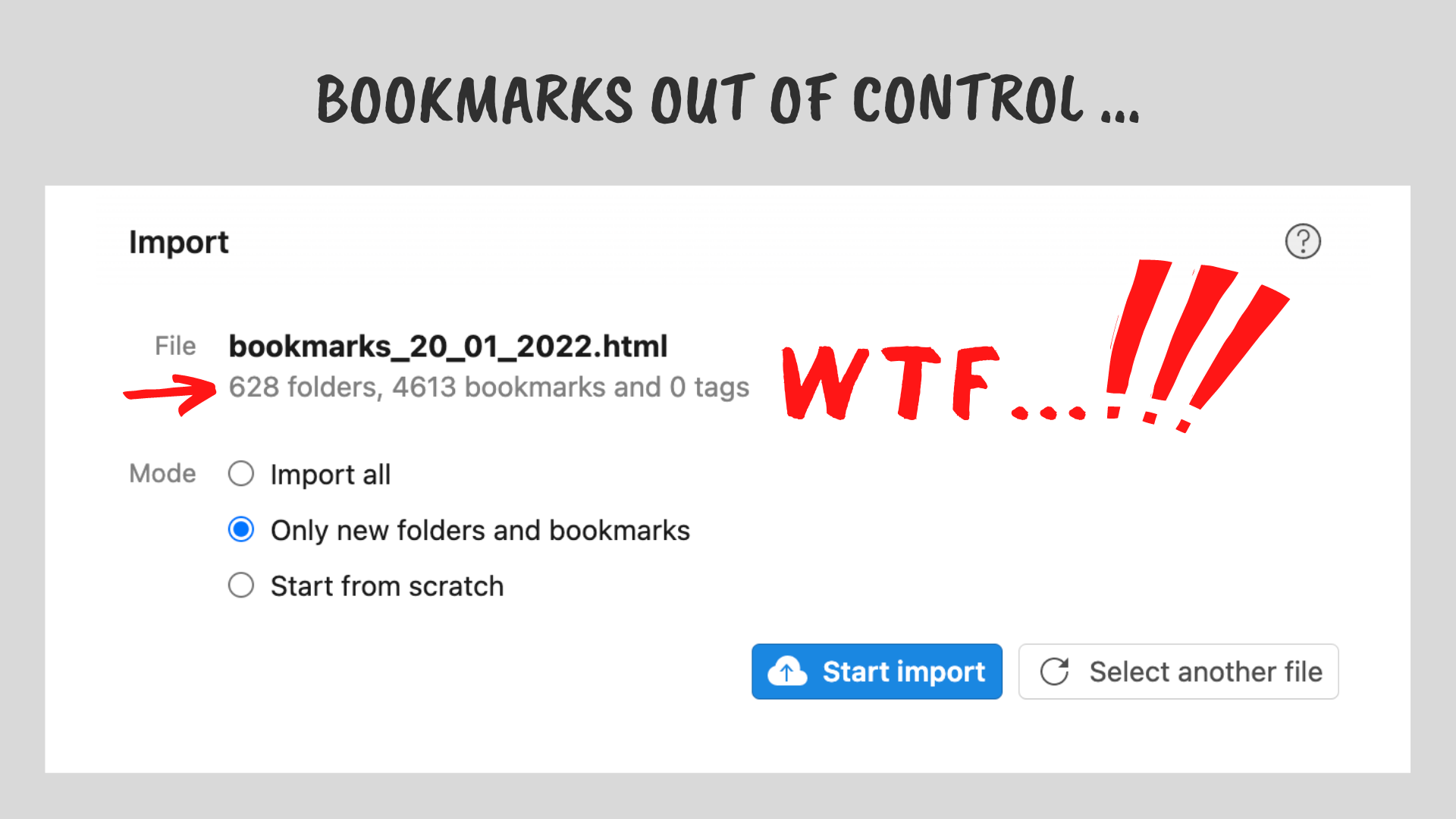
Bookmarks has became a source of annoyance for years.
While the idea of having the ability to save websites is useful, it became a headache to manage bookmarks the more content I consumed and the more topics I explored as I learned new information and developed new skills as a creative professional and entrepreneur.
Because of the vast nature of the content and sites I wanted to save, and the clutter I already know I have, it’s something I haven’t spent time to think about until this decluttering project, because this project felt too big to tackle during the year while I’m dedicating time to work on other things.
All my bookmarks sat in Chrome, Firefox and Safari, which meant my Chrome bookmarks (main browser I’ve used until 2022) became a mess due to the importing/exporting I did across 3 different browsers over the years.
Mistakenly thinking that I was being organised in the past, I created too many folders and layers of folder structures I dumped things into, which ultimately made it difficult for myself to find what I need when I need it.
While I’ve attempted to reorganise my bookmarks many times in the past, and started using Raindrop in 2015 to become more organised, the clutter I continued to expose my eyeballs to every time I looked at bookmarks in Chrome and Raindrop made me even more determined to fix this problem once and for all.
I knew the most important part of the work is to take the time to rethink how I want to save and maintain the bookmarks I wanted to keep for future use, in order to improve my personal productivity.
Since keeping bookmarks in the browser created too much clutter and confusion, I decided to use Raindrop as my main bookmarking tool — this is where 99% of my bookmarks will live from now on.
Which means, I needed to clean up Raindrop first because there were folders without naming/taxonomy consistency and 80+ tags I haphazardly created!
I mapped out how I want to use the folders and tags to prevent confusion and time wasting down the track, and created a better solution.
I deleted 110 bookmarks and reduced 80+ tags down to just 5 that finally makes sense to me.
Initially, I thought it was a good idea to import bookmarks from Chrome to Raindrop, then do the cleaning up in Raindrop. But when I saw 628 folders and 4613 bookmarks in the import file, I scrapped that idea immediately since I’d just be moving crap from one place to another.
I decluttered and cleaned up all remaining bookmarks in Chrome instead, and only added around 300 bookmarks to Raindrop — this means only 6% of what I saved in the past 10-15 years is relevant and beneficial to me in the future.
Another valuable lesson learned.
Decluttering bookmarks reminded me again why I must be more conscious and intentional about the information I want to keep, and think twice before saving anything into my PKM system and digital workspace.
I feel so much better and lighter now that nothing is cluttering my eyeballs and wasting away my mental bandwidth in Chrome, and I can trust myself to find what I need when I need it in Raindrop.
Open Windows & Tabs
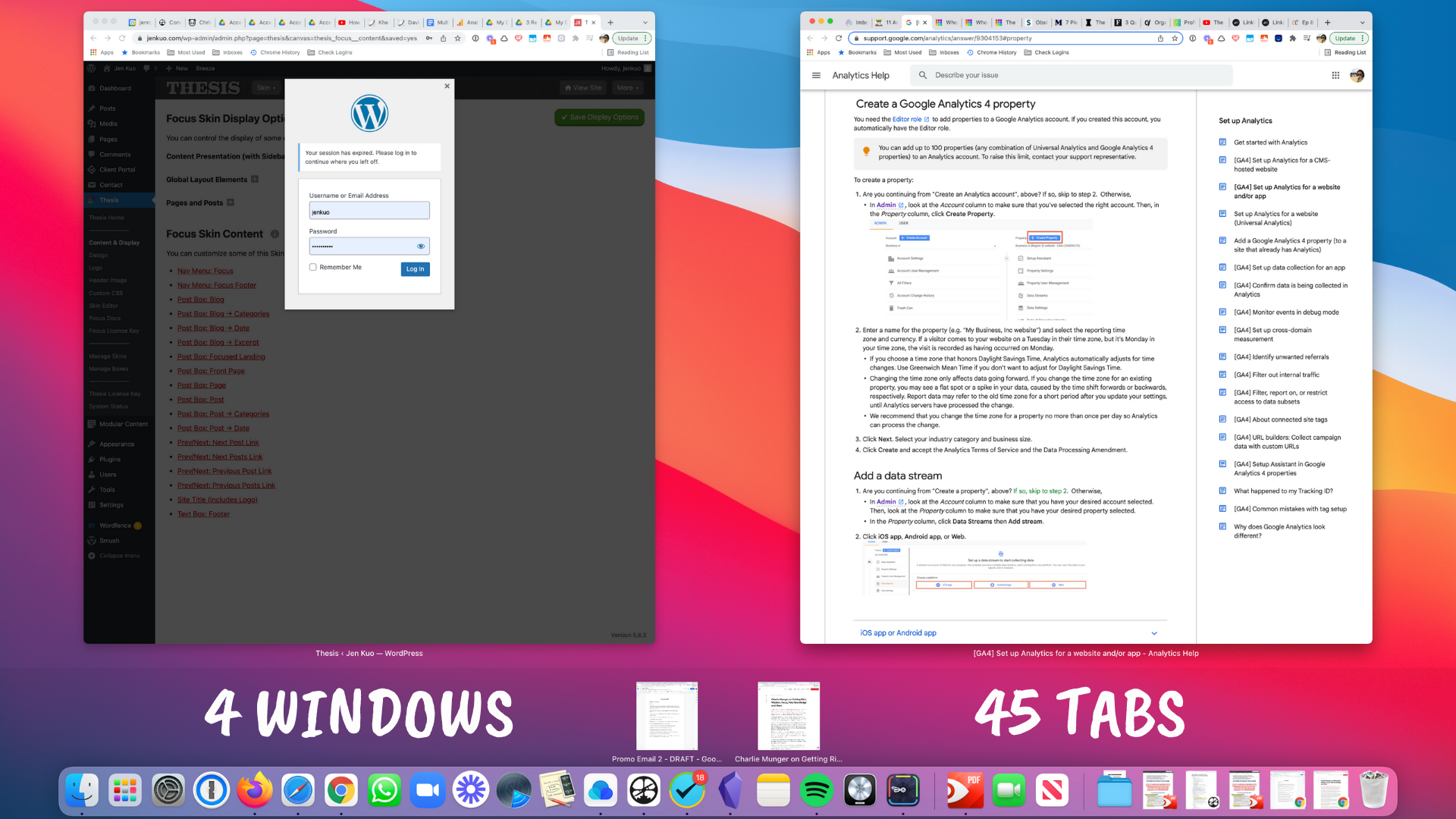
Window and tab overload is real.
For as long as I can remember, I’ve continued to justify to myself that leaving windows and tabs open will help me be more productive because I will ‘save time’ by not reopening them again when I go back to whatever I was working on.
I couldn’t be more wrong, because ‘window and tab overload’ quickly became a productivity issue since the tab I’m trying to find gets lost in a sea of open tabs.
I finally realised that this is the digital equivalent of leaving shit on my desk for ‘easy retrieval’, until I found myself working around a pile of crap on my desk.
A decade ago, I’ve had anywhere up to 100 open tabs in multiple windows. In the last year, I averaged 40-50 open tabs. A 50% improvement in 10 years is pretty pathetic if you ask me.
The reality is… window and tab overload was still hindering my workflow.
I needed a more drastic change to create a digital environment that will support how I want to work everyday — focused and clutter-free!
Not only does open tabs leave open loops in your brain, it also contributes to multi-tasking/context switching behaviour which is detrimental to your productivity. Multi-tasking is something I’ve trained myself to stop doing since 2016 in order to cultivate better attention and focus.
When I got honest with myself, I realised I was hoarding open tabs. While I tried solving this problem with Chrome extensions like Session Buddy and OneTab in the past, none of those tools improved my workflow.
With a fresh start to the year, it’s time to eliminate this bad habit so I can help my future self work in a more focused way by eliminating the distraction that come from open windows/tabs sitting in the background.
After updating macOS to BigSur, I found out that Safari 15 now has a new tab group native function. This is what I’ve been wishing for and desperately wanting for years!!! Thank you Apple designers & engineers. 😘
It’s exactly what I need that will help me stay organised, transform my workflow, and eliminate my open tabs bad habit. Not only did it do a wonderful job of removing clutter from my workspace, switching between tab groups is simple and effective.
I also discovered that Chrome 90 also allows you to name your open windows for better tab organisation. However, Google’s design is not as elegant as Apple’s design, because once I named a window, I can’t delete or rename that window again… WTF Google?!?!
Because of this long-awaited feature and elegant solution I found, I decided to use Safari as my main browser to improve the way I work going forward.
Setting Up For Long Term Success
Just like my physical space, I wanted my digital workspace to be clutter-free to better support me in becoming a more focused, productive human being and help me better accomplish my goals.
As a focus and productivity coach, it’s also important that I live in integrity where I walk my talk, practice what I preach and demonstrate how I set myself up for success in business and life.
Our digital workspace is a reflection of our mind.
Information is a reflection of our thoughts and values.
When you declutter your digital workspace, it will show you what kind of information are important to you at this moment in time. You’ll also become more conscious about the information you’re exposing yourself to, and do a better job at filtering what you want to keep that will benefit you in the future.
Ever since owning my first laptop in 2005 (Mac Powerbook G4), my digital workspace has quickly turned into a place of clutter as I learned to live and work in the information age.
Our brains are assaulted by thousands of pieces of information everyday through all the devices and communication tools we use, and our need to stay plugged in.
Because of “technology creep” in our lives in the last 20 years, most of us have just accepted this constant barrage on our attention and our mental energy.
On top of all the noise that already exists, when your work revolves around touching, consuming, sharing and communicating bits and pieces of information everyday, your mind and your digital workspace can easily clog up and slow you down. Especially when you’re sucked into the internet blackhole.
The digital world I’ve unconsciously exposed myself to over the last decade has lead me to become an information junkie (and information hoarder), which contributed to the overwhelm and stress I was already experiencing as an entrepreneur trying to operate, manage and grow my businesses.
It took me years to learn to “reign in my brain” (lots of lessons learned) in order to transform my own mental and emotional states to live in this complex, modern world in a more peaceful state.
Decluttering your digital workspace and organising your PKM system will be one of the biggest projects you’ll ever take on in your lifetime if your work revolves around consuming, processing, filtering information and sharing your knowledge.
It’s a lifelong project you’ll need to break down and accomplish in phases depending on what matters most to you in a specific moment in time. Tools and technology will continue to evolve, you will also continue to evolve as your situation, needs, desires and goals change.
As long as you understand foundational principles to organising and managing all the information, demands and obligations in your life, then you’ll win in the long run without burning yourself out.
This digital workspace makeover gave me a unique opportunity to understand what is most important in my life, how I want to live and what kind of relationship I want with information that surround me.
While some of the things I changed in my digital workspace may seem like unimportant details to most, I know from personal experience that lots of small changes performed consistently creates a big impact over a year.
